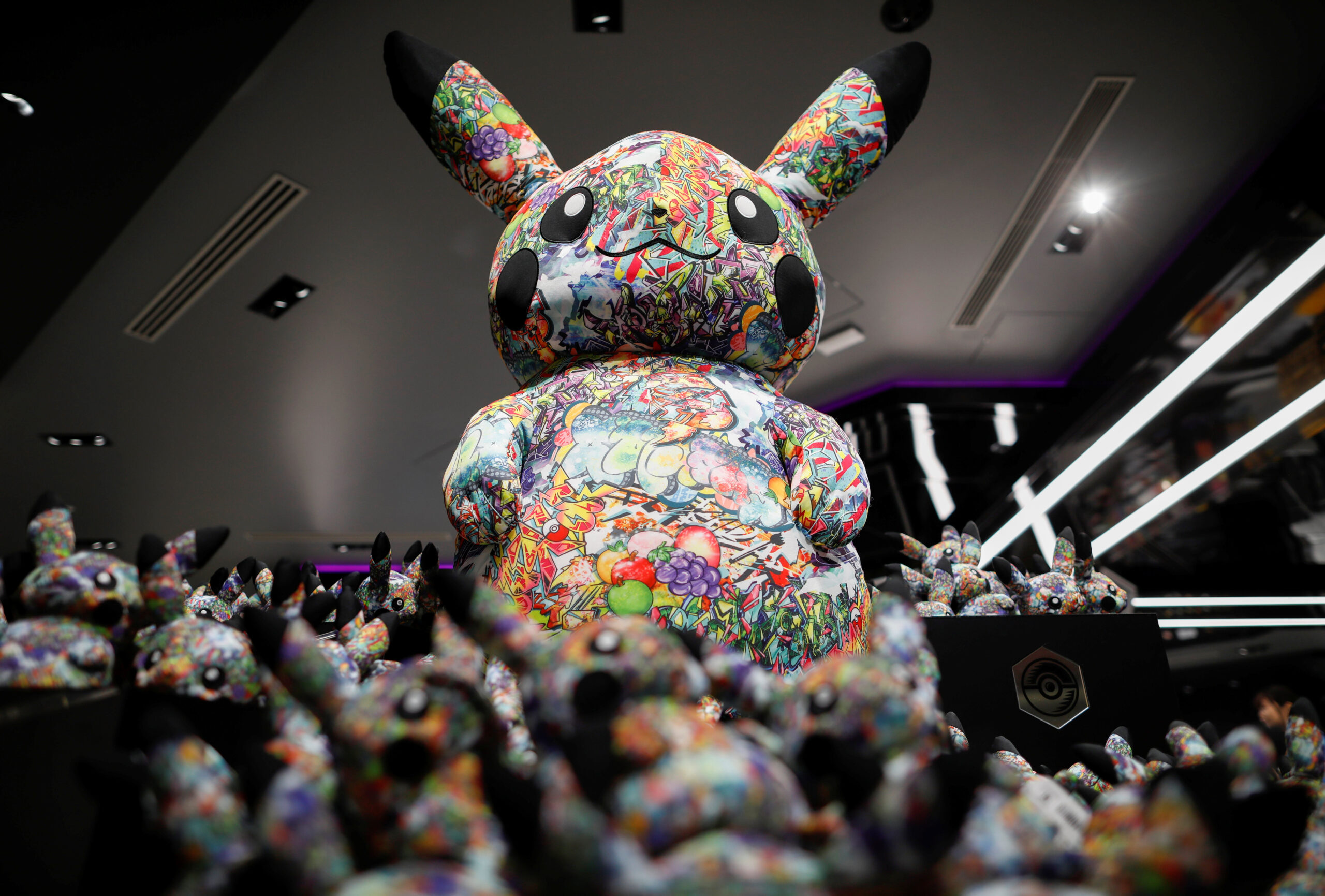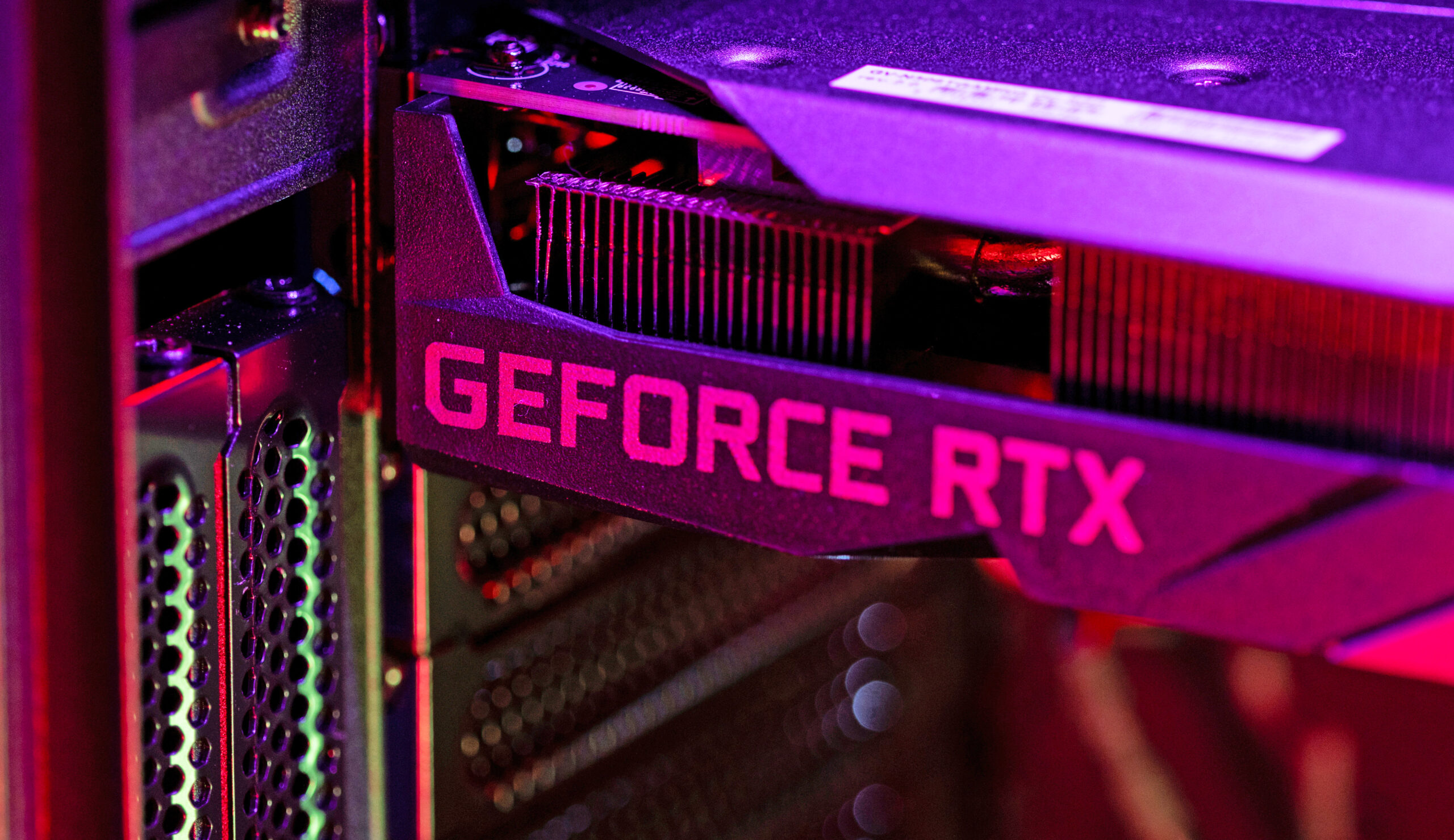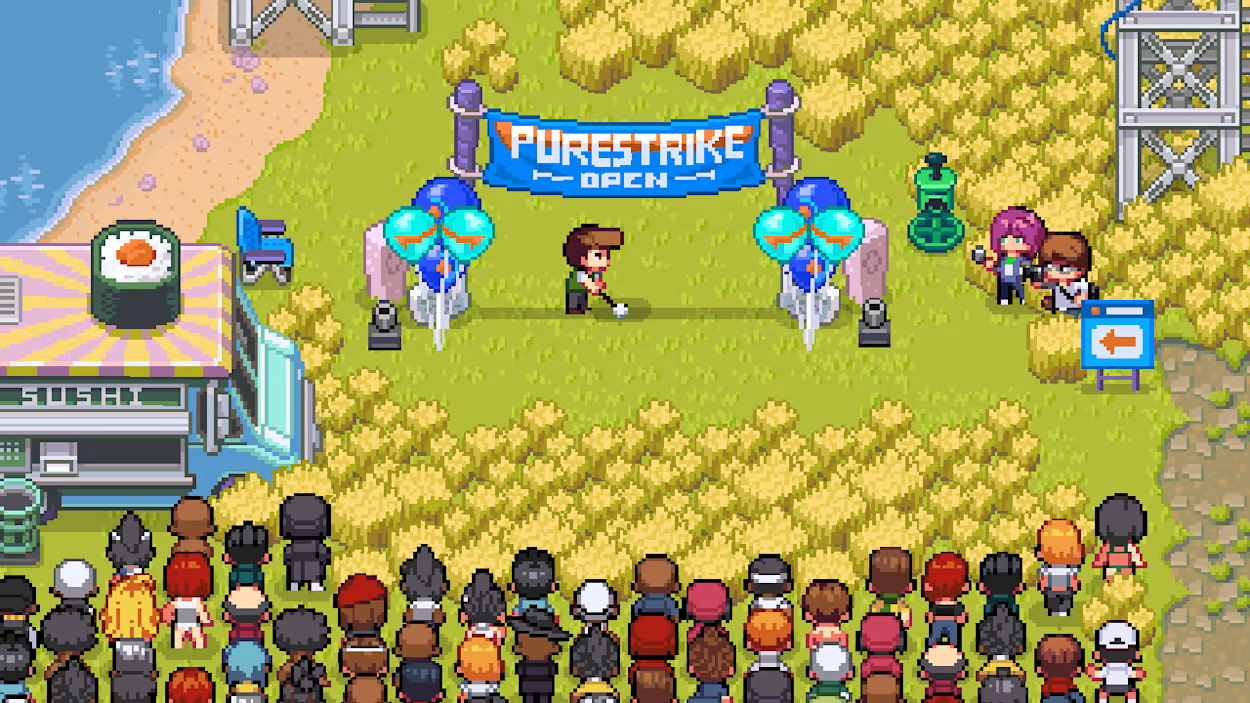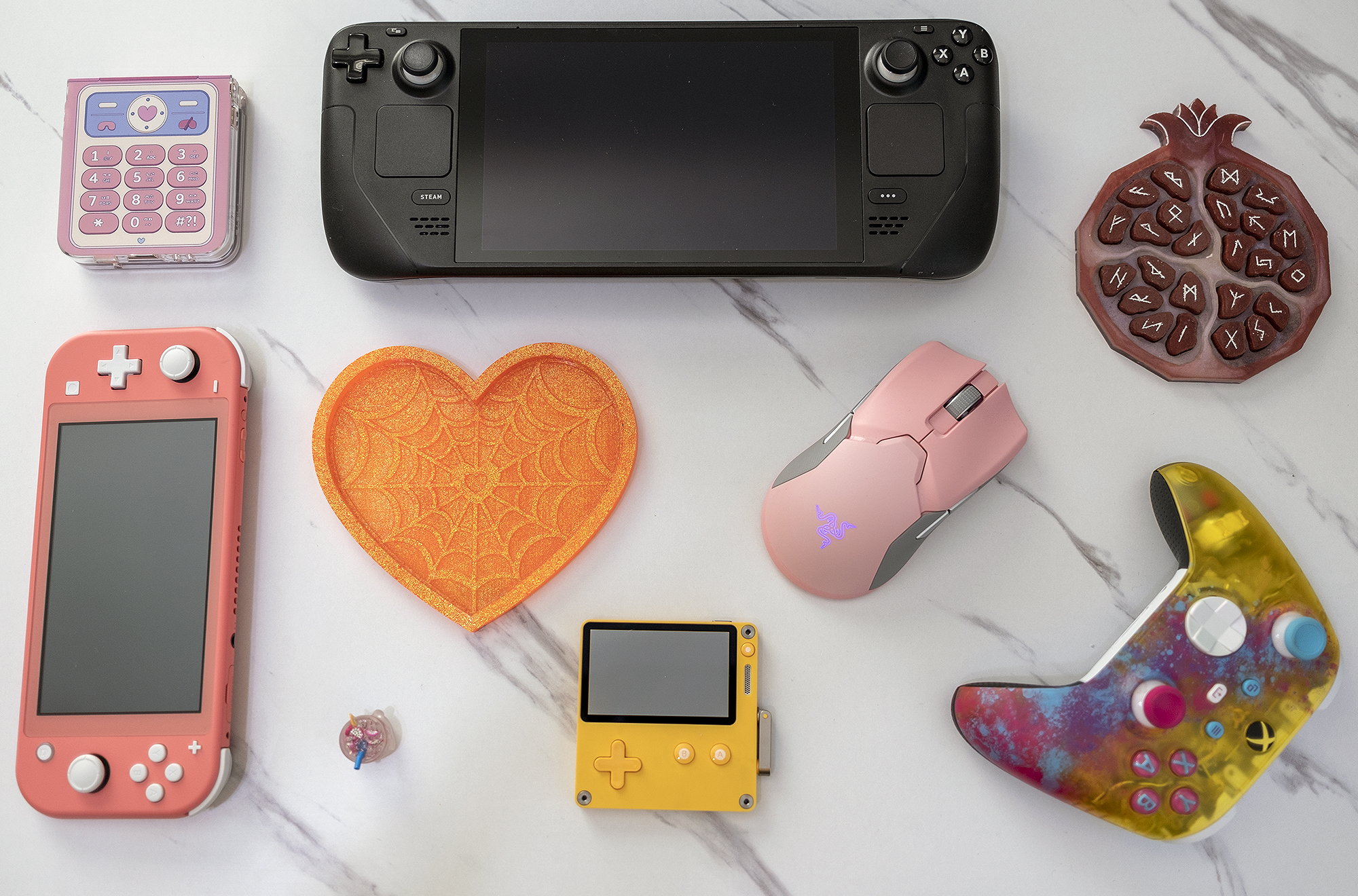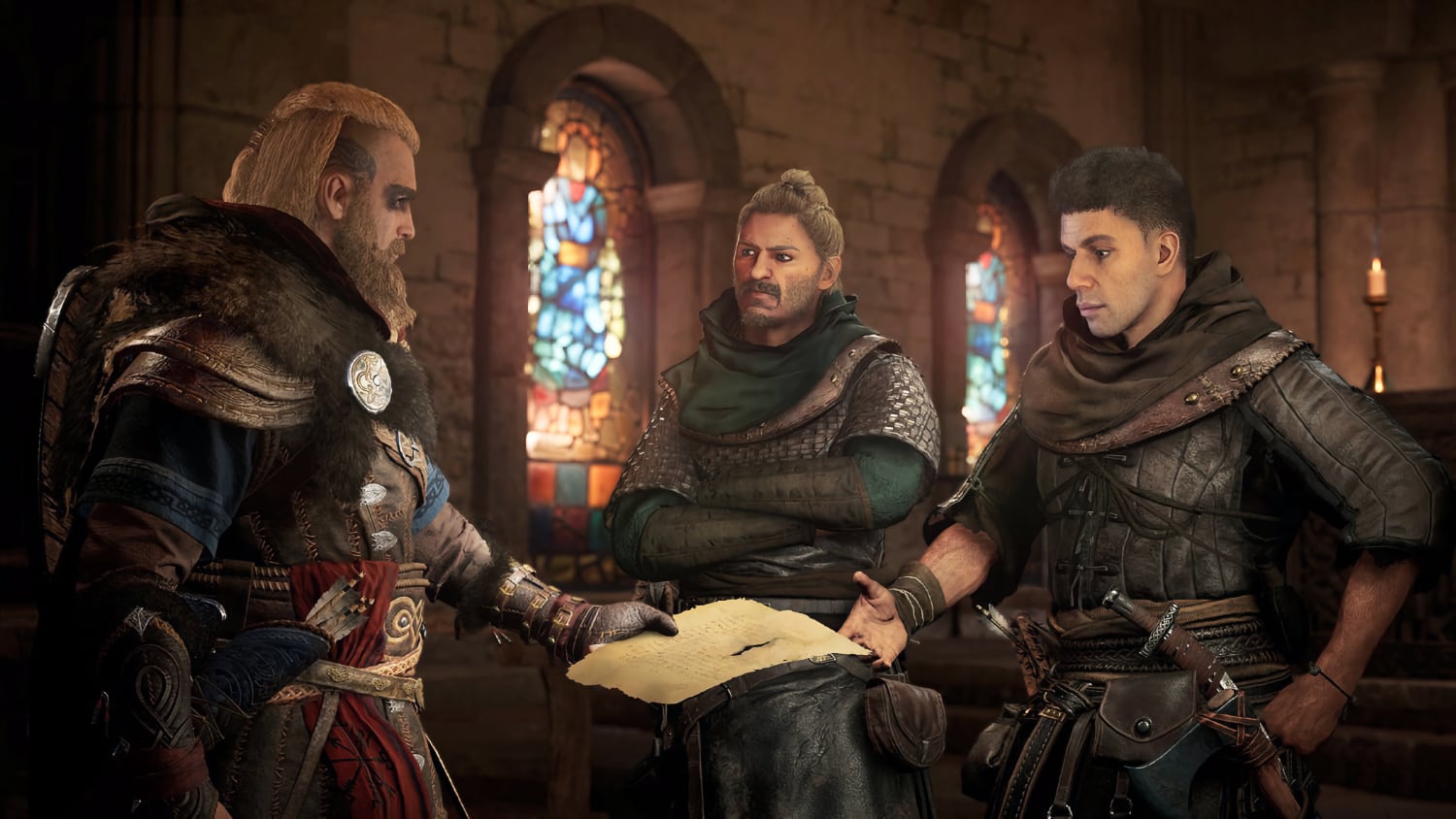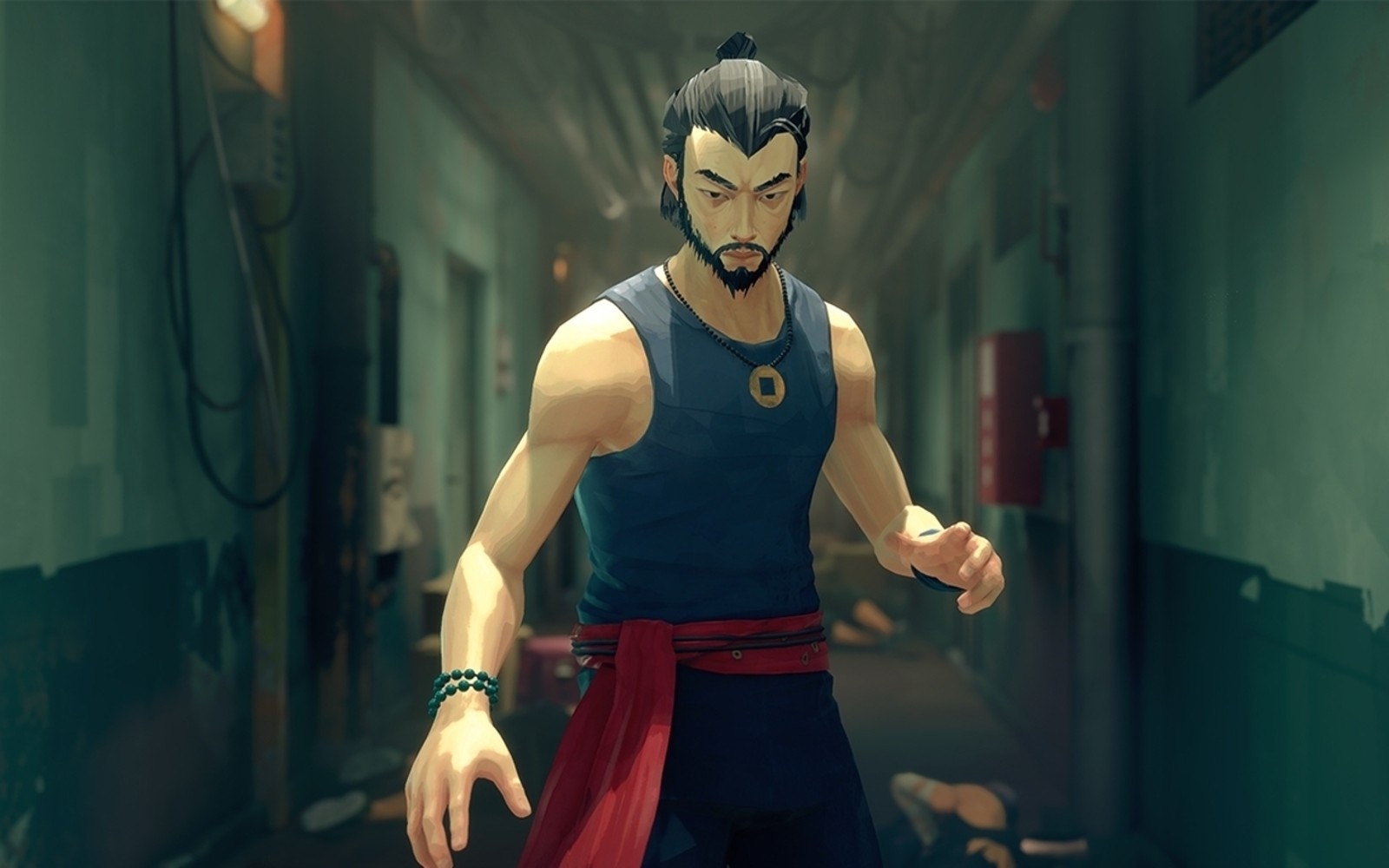The impression of Japanese RPGs on pop and gaming tradition can’t be overstated. From Last Fantasy and Phantasy Star to Chrono Set off, NieR, and Hearth Emblem — JRPGs have spanned console generations, bridged the Japanese and North American markets, spawned whole universes of IP and delivered vital business hits for almost 4 a long time. Fashionable gaming merely would not exist because it does at the moment if not for the affect of JRPGs.
In his latest guide, Fight, Magic, Items: The History of Final Fantasy, Dragon Quest, and the Rise of Japanese RPGs, Aidan Moher takes a wondrous in-depth take a look at the historical past of Japanese function enjoying video games, their preliminary rise within the East, the lengthy highway to acceptance within the West and supreme cultural impression the world over. Within the excerpt under, Moher explores how Pokemon grew from Gameboy screens to change into a multi-billion greenback leisure juggernaut.

Working Press
Excerpted from Fight, Magic, Items: The History of Final Fantasy, Dragon Quest, and the Rise of Japanese RPGs by Aidan Moher. Revealed by Working Press. Copyright © 2023 by Aidan Moher. All rights reserved.
Pokémon, Go
Although it takes many cues from Japanese video games like The Legend of Zelda: Breath of the Wild, Genshin Impression was developed and revealed by Chinese language developer/ writer miHoYo. Due to beautiful visuals, free-to-play accessibility, multi-platform launch, and easy-to-pick-up-impossible-to-put-down gacha-based gameplay, it took the gaming world by storm after its 2020 launch.
Sport Boy not solely supplied larger entry to video video games because of its low value, but it surely subsequently modified the best way we play video games. Concerning the dimension of a mass-market paperback novel, and simply barely pocketable, the Sport Boy leaned closely on Nintendo franchises, together with Mario and Donkey Kong, and—equally essential for a tool marketed for kids—a ton of tie-in video games for widespread tv exhibits and films like Teenage Mutant Ninja Turtles, Jurassic Park, and Star Trek.
The enchantment for teenagers? Gaming the place mother and pa couldn’t see the motion — a non-public world of journey. The enchantment for adults? Interesting puzzle video games, fewer again spasms from sitting cross-legged on the ground two ft from the TV, and a smaller, quieter solution to preserve the children distracted earlier than dinner.
“Sport Boy had the benefit of being the primary available on the market earlier than different main rivals,” defined Smithsonian Journal. Although Sega and Atari quickly adopted with their very own consoles, full with coloration screens, they confronted an uphill battle towards Nintendo’s aggressive technique of leaning into tech that was older, but in addition extra environment friendly, reasonably priced, and dependable. Like many ’90s children, my first recreation console was the Sport Boy. I used to be a pc recreation fiend, and we’d hire a NES with a few video games every now and then, however these had been ephemeral guarantees of lounge gaming that wouldn’t change into actuality for a number of extra years.
After its debut, the Sport Boy was rife with puzzle video games and character platformers, however by 1993, it had blossomed right into a full-fledged adventuring machine because of acquainted franchises like Last Fantasy, Dragon Quest, and even Wizardry. The sport that actually bought the system’s capabilities, nevertheless, was a brand new entry in Nintendo’s bold The Legend of Zelda sequence. And, like many others, I used to be already a giant Zelda fan by the point Hyperlink’s Awakening launched in August 1993 because of its Tremendous NES predecessor The Legend of Zelda: A Hyperlink to the Previous.
What lounge recreation consoles provided in scope, visible pop, and spectacular know-how, portables matched with their flexibility, bite-sized content material, and on-the-go prospects. Each morning, my good friend and I might meet underneath a blanket of dew at our elementary college. Sitting aspect by aspect for heat, Sport Boys clutched in chilled fingers, we’d discover Koholint Island on particular person journeys to waken the Wind Fish. The intimacy of this youthful bonding cemented Hyperlink’s Awakening as a core gaming expertise in my life, all made potential by the Sport Boy.
Although A Hyperlink to the Previous and the complete Legend of Zelda sequence little question influenced loads of JRPGs, particularly puzzle-based video games like Wild Arms or Lufia II: Rise of the Sinistrals, its categorization as a JRPG is debatable. Personally, I don’t fairly take into account it a JRPG attributable to its lack of customizability, however there’s undoubtedly sufficient overlap in mechanics, pacing, story building, and so forth to create an overlapping Venn diagram of followers.
Think about the giddy energy rush of being a child with an entire universe in your pocket, out of sight of fogeys and siblings, with no lobbying for TV display screen time required. At first blush, the hand-held’s small display screen may be thought of a flaw, however the paradoxical actuality was that the smallness leant to the understanding that it was a personal-sized portal to a different world. Solely room for one. Plus, you possibly can pop within the low cost Nintendo-provided headphones and the world outdoors disappeared completely.
Hyperlink’s Awakening was a revelation, a journey into the unknown that belonged solely to me.
Get up.
A dream.
Get up.
It was euphoric.
Get up.
After which . . . there was Pokémon.
In a video evaluate of Last Fantasy Mystic Quest (mentioned in Chapter 6), YouTube channel Austin Eruption examined Sq.’s failed makes an attempt at catalyzing the Western JRPG market throughout the early ’90s. “The idea of the entry RPG could be extra profitable . . . not with Sq., however with Nintendo’s wildly widespread Pokémon,” they mentioned. “It seems children are tremendous all the way down to play RPGs, they only gotta have cute and funky monsters to gather.”
In 1996, Japanese schoolyards had been buzzing because of the brand new Sport Boy recreation revealed by Nintendo known as Pocket Monsters. Children traded suggestions, creatures, and blows throughout Sport Boys related by a hyperlink cable. These newly educated Pokémon trainers, as they’re known as within the recreation, couldn’t get sufficient of the 151 distinctive, cute, and catchable creatures.
Earlier than it was about catching monsters, nevertheless, Pocket Monsters was conceptualized by its insect-obsessed creator, Satoshi Tajiri, as a bug-catching simulator. Identified to his classmates as “Mr. Bug,” Tajiri spent his childhood dreaming of changing into an entomologist and finding out bugs for a residing . . . that’s till he found arcade video games like House Invaders. Although his skilled ambitions shifted focus to bits, bytes, and programming scripts, his love for bug accumulating remained, and at simply twenty-four years outdated he got here up with the thought for what would ultimately change into Pocket Monsters.
Earlier than his buggy desires grew to become a actuality, Tajiri based Sport Freak in 1989 with Masuda and artist Ken Sugimori, and launched his first recreation, Mendel Palace, the identical 12 months. A grid-based puzzler, this recreation was fully not like Pocket Monsters, however its success inspired Tajiri and helped solidify Sport Freak. The next 12 months, Tajiri noticed two Sport Boys tethered by a hyperlink cable, and his idea for a bug-catching simulator sprang to life. He noticed alternative not just for gamers to have the ability to share and acquire bugs, however to competitively face off towards each other on their linked Sport Boys.
It took over two years after its Japanese launch for Pocket Monsters to succeed in western shores, lastly releasing in September 1998 as Pokémon. With its launch on the ten-year-old handheld and with the extra highly effective Sport Boy Advance on the horizon, Nintendo launched Pokémon on a whim, anticipating the sequence to reach as a chunky, however comparatively unnoticed, oddity earlier than the Sport Boy Advance took over. Then, to everybody’s shock, the bizarre little Japanese phenomenon appealed to children within the West simply as a lot because it needed to kids in its house nation. Playgrounds throughout america and Canada had been all of a sudden crawling with children obsessing over Pikachus, Charmanders, and Mewtwos.
“Though it was made in Japan,” wrote tradition author Matt Alt for the BBC, “for a second on the flip of the twenty first Century, no nook of the world was immune from what got here to be known as ‘Pokémania.’” Scrambling within the wake of this surprising success, Nintendo rapidly localized the anime spinoff for an American viewers to additional capitalize on the online game’s hype. A brief 12 months later, the follow-up film adaptation was so widespread that cellphone boards had been overwhelmed as tens of hundreds of fogeys and followers sought tickets.
Pokémon’s defining characteristic was its dual-cartridge launch: Pokémon Purple Model and Pokémon Blue Model. The catch was that whereas every model had many of the identical Pokémon out there to catch, there have been a number of dozen out there solely in a single model or the opposite. To “catch ’em all,” as the sport’s tagline implored younger Pokémon trainers, you needed to discover one other participant who owned the opposite cartridge. I selected Pokémon Blue, and with a set of absolutely charged AA batteries powering my Sport Boy, I began a brand new recreation and settled on Bulbasaur as my beginning companion. What adopted was an expertise that made Hyperlink’s Awakening really feel like The Hobbit—and now I used to be enjoying Lord of the Rings. I quickly caught extra Pokémon for my celebration: a cute fowl known as Pidgey, a caterpillar that ensnared foes in silk webbing, and a bucktooth rodent referred to as Rattata. By the top of my first play session, these little critters grew to become a lot greater than characters in a recreation; they tapped into that Tamagotchiesque sense of possession and rapidly grew to become as beloved as my childhood pets.
This wasn’t a celebration of adventurers; it was a household.
Pokémon put gamers within the function of a newly minted coach named Purple. (Or the rest they selected to call him throughout the seven-character restrict. My first title match with room to spare.) Alongside rival Blue, Purple arrives at Professor Oak’s Pokémon lab to decide on one of many three starter Pokémon: the aforementioned Bulbasaur and Charmander, and the terrapin-like Squirtle. New Pokémon in tow, you allow your hometown on an journey by way of Kanto area—a fictional recreation universe based mostly loosely on Japan’s personal Kanto area. With the objective of changing into the area’s biggest Pokémon coach, you go to Kanto’s eight gyms, whereby you problem their leaders, highly effective Pokémon trainers who deal with explicit forms of Pokémon, like water-type or electric-type, to earn badges. Conquering the gymnasium leaders then provides you the best to problem the Elite 4. Defeat them, and the title of Pokémon Champion awaits.
Pokémon mixed the sprawling journey of the JRPG with a story centered on private battle and development—not the top of the world. If something, Kanto felt idyllic, a Star Trek–esque utopia the place people had moved past such pettiness as struggle or elevating vengeful gods to destroy their enemies. With nothing else to do, Kanto’s inhabitants might spend their days coaching the critters crawling by way of tall grass, prowling in darkish caves, and lurking beneath the waves.
Hyperlink’s Awakening felt like a limitless journey on the time, however in actuality, there was one vital path to victory, and every participant solved the sport by following the identical steps in roughly the identical order. Pokémon was completely different. Putting the participant in an enormous world populated by 151 collectable Pokémon, it created an expertise that was as distinctive and individualized as every of its gamers. Love cute Pokémon and need to fill your staff with Pikachus and Eevees? It’s potential. Need to overpower your starter Pokémon, grind your method by way of the sport, and defeat the Elite 4 by way of brute pressure? Go for it. Obsessive about Psyduck? Um, certain. I suppose.
Pokémon provided a lot selection and customization for a way the participant approached constructing and coaching their staff that every child might play it in their very own method, opening the door to a brand new type of accessibility missing in comparable video games. Children cared for his or her Pokémon, and having the ability to showcase a uncommon or highly effective catch on the playground was a badge of honor. And due to its transportable nature, Pokémon was capable of expertise the identical social dynamics that drove different widespread schoolyard phenomena. It was like Tamagotchi—with out the midnight wake-up calls. Whereas different JRPGs gave the participant some customization choices for his or her celebration characters, it was nowhere close to the limitless risk of Pokémon’s gotta-catch-’em-all depth.
All merchandise really useful by Engadget are chosen by our editorial staff, impartial of our dad or mum firm. A few of our tales embody affiliate hyperlinks. If you happen to purchase one thing by way of one in all these hyperlinks, we might earn an affiliate fee. All costs are right on the time of publishing.

